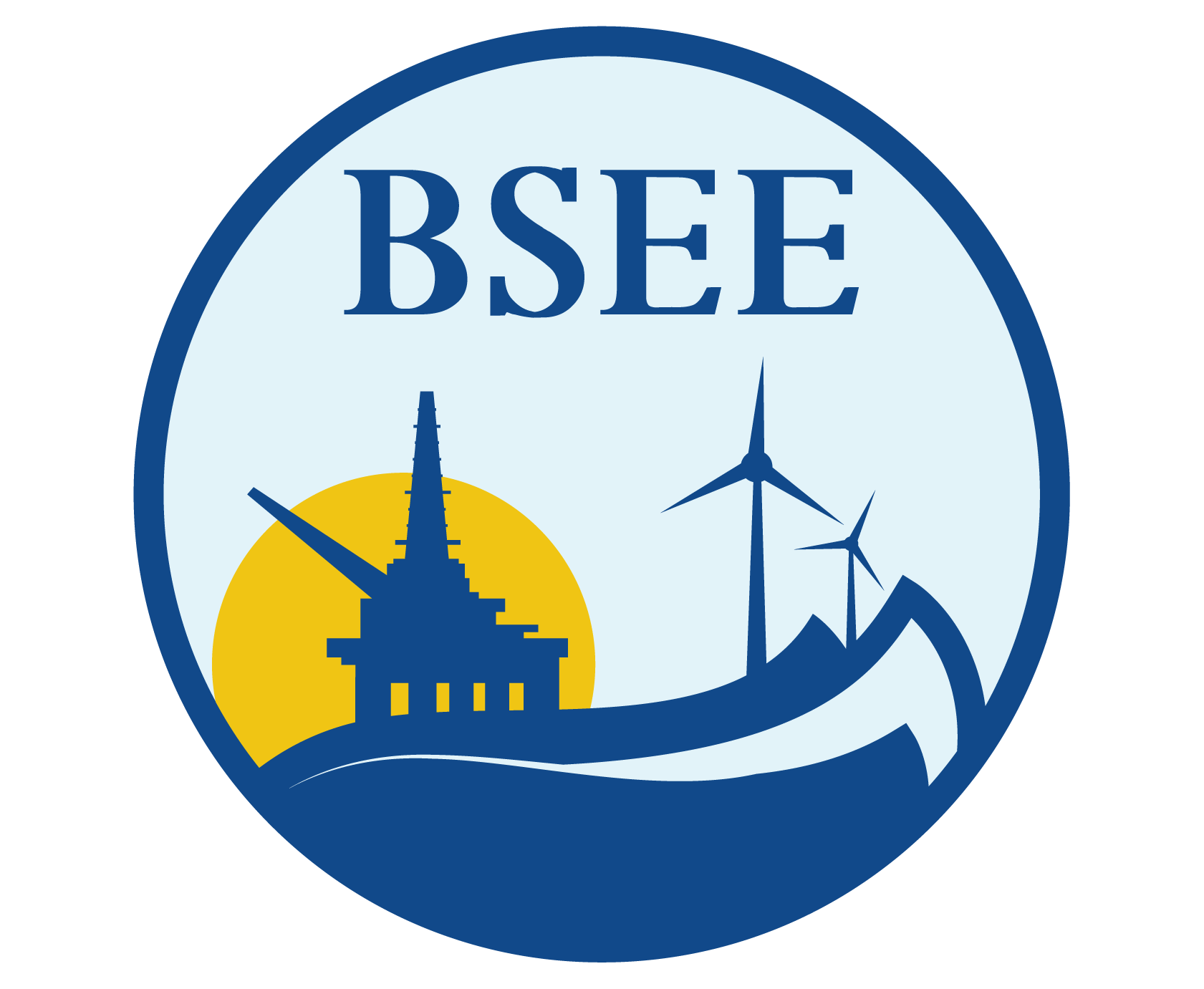TAP-552-Mudslides during Hurricane Ivan and an Assessment of the Potential for Future Mudslides in the Gulf of Mexico
During 2004 and 2005, Hurricanes Ivan, Katrina, and Rita damaged and destroyed hundreds of Gulf of Mexico (GOM) offshore pipelines and platforms, many from mudslides both in line with and adjacent to the hurricanes' path. This two-phase project examined the mudflow/mudslide areas in the high risk mudslide regions of the Gulf of Mexico, offshore Mississippi Delta in order to better understand these events.
